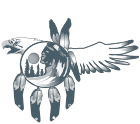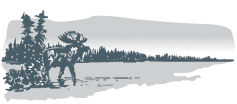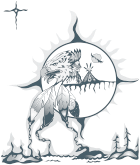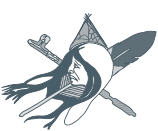
About Us
Communities
WHiXuVB
Bloodvein River First Nation
210 kilometres north of Winnipeg. Settled along three kilometres on the banks of the Bloodvein River. Home to about 1,900 residents.
Little Grand Rapids First Nation
An inland community situated along the Berens River, with ancestral lands on both sides of the Manitoba-Ontario border. Home to about 1,800 residents.
Pauingassi First Nation
An inland community on Fishing Lake with ancestral lands on both sides of the Manitoba-Ontario border. Home to about 700 residents.
Poplar River First Nation
400 kilometers north of Winnipeg. Located along the Poplar River and shore of Lake Winnipeg. Home to about 2,000 residents.
Atikaki Provincial Park
Over 980,000 acres of wilderness. Most Pimachiowin Aki tourism occurs here.
Woodland Caribou Provincial Park Over one million acres of wilderness. Most Pimachiowin Aki tourism occurs here.
Resident’s FAQ
1. Will being a World Heritage site change my right to hunt, fish and receive the Creator’s gifts?
Treaty and aboriginal rights are not affected by a World Heritage site. The First Nations of Pimachiowin Aki started this process because World Heritage status creates an extra layer of protection for the land and way of life. Being a World Heritage site does not change existing authority to make decisions about the land. In order to remain a World Heritage site, the rights of the people who live here must continue to be respected. In some ways, rights have been strengthened. For example, in the case of armed conflict, natural disaster, pollution, uncontrolled tourism development etc., the World Heritage Committee can allocate immediate assistance to endangered sites.
2. How will my community benefit from being part of a UNESCO World Heritage site?
Each community can decide how they want to benefit. Pimachiowin Aki helps communities explore economic opportunities like eco-cultural tourism or development of non-timber forest products. We also help explore ways to protect culture heritage, such as developing language programs. If you have ideas on how to benefit from being the steward of a World Heritage site, contact your Director on the Pimachiowin Aki Corporation Board.
3. Is tourism going to change things?
Between 6,000 – 9,000 people visit Pimachiowin Aki each year. We expect that the number of visitors will not increase dramatically given the area’s remoteness. We will be monitoring the numbers to help ensure that tourism does not interfere with communities’ ability to protect and preserve the culture, lands, waters and wildlife of Pimachiowin Aki.
If you have ideas on how to benefit from tourism in your community, contact your Director from the Pimachiowin Aki Corporation Board.

 More Fast Facts
More Fast Facts  Shop
Shop 



